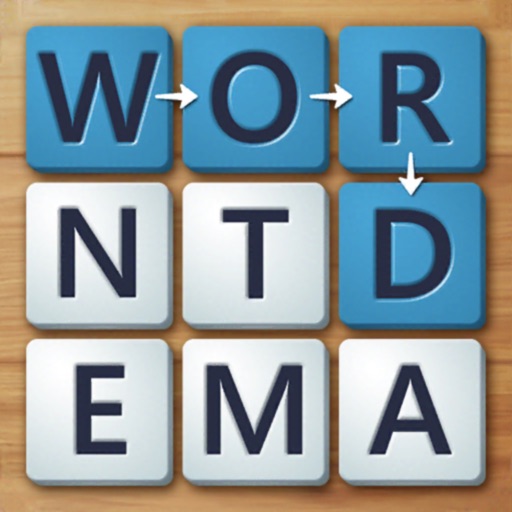

These are some of the most common sources of the devastating walls of water. When most people think of tsunamis, images of ground-rattling earthquakes usually follow. “You can think of it as being a really large and destructive cousin of throwing a pebble into a pond,” McKinnon says. And if that piece happens to be large, it can send massive waves toward shore with little to no warning. Such events are not unusual, notes geophysicist Mika McKinnon: “Volcanoes are just weakly glued together layers of rock, where every eruption just kind of slips more down, so you have all these layers of rock that are tilted into the direction of downhill.” It doesn't take much for a piece to break loose. A large portion of the southern flank of the volcano slid into the ocean yesterday, according to images from the European Space Agency's Sentinel-1 satellite.

While more detailed information about the exact sequence of events leading to the tsunami is still emerging, much of the evidence is currently pointing toward a landslide associated with the volcano's activity. The geologic beast in question, Anak Krakatau, has been undergoing a stuttering eruption since June 18 of this year. Photograph by RIAU Images/ Barcroft Media/ Getty Hundreds of houses were destroyed and dozens of residents have been found dead. People sift through debris in the aftermath of the deadly tsunami in Lampung Province, Indonesia, on December 23, 2018.


 0 kommentar(er)
0 kommentar(er)
